FUNDING CUTS IMPACT CT HUMANITIES: Help CT Humanities navigate recent funding cuts and continue our vital work across Connecticut. All donations made to CTH will be matched dollar-for-dollar up to $50,000. Donate today!
News & Updates
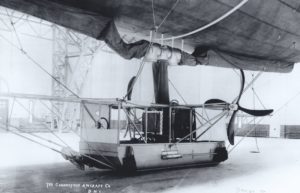
DN-1: The US Navy’s First Airship
The United States military’s experience with lighter-than-air technology began with the Connecticut Aircraft Company’s DN-1 airship built for the navy in 1917.
Read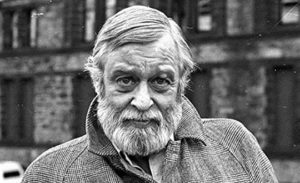
Trouble in the Connecticut Suburbs: Revolutionary Road
In Richard Yates’s 1961 book Revolutionary Road, living in the Connecticut suburbs is held up as the ultimate badge of success.
Read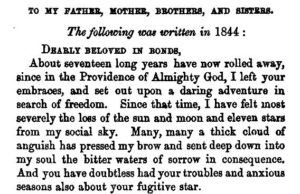
Reverend James Pennington: A Voice for Freedom
Having escaped from slavery in Maryland, this accomplished pastor, publisher, and freedom fighter challenged racism wherever he found it, even within the ranks of the abolitionist movement and the ministry.
Read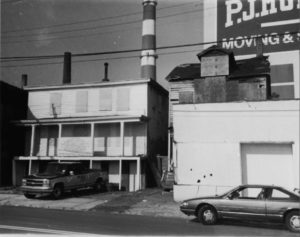
Mary and Eliza Freeman Houses
The Mary and Eliza Freeman houses are the only remnants of “Little Liberia,” a settlement of free African Americans in Bridgeport that began in 1831.
Read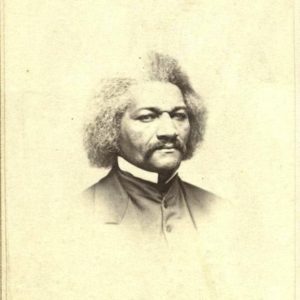
“An Admirable Portrait” of Frederick Douglass
Hartford photographer Stephen H. Waite capitalized on the public’s interest in the great abolitionist, Frederick Douglass.
Read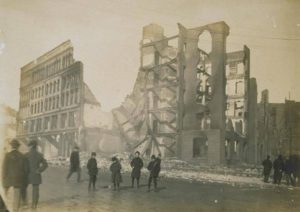
Waterbury Burns – Today in History: February 2
In 1902, nearly all of Waterbury’s downtown district was destroyed by one of the worst fires in the city’s recorded history.
Read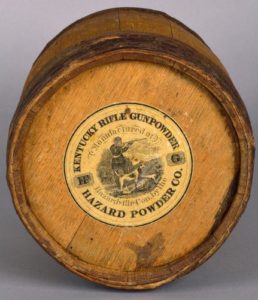
One-Legged Stools – Who Knew?
Hazard Powder Company employees sat on one-legged stools to keep them from falling asleep while working with dangerous materials.
Read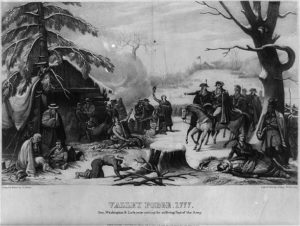
A Connecticut Slave in George Washington’s Army
Nero Hawley, born into slavery in Connecticut in the 18th century, fought in the Revolutionary War.
Read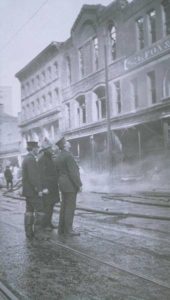
G. Fox & Co. Destroyed by Fire – Today in History: January 29
On January 29, 1917, watchmen discovered a fire on the ground floor of the G. Fox & Co. building complex located on Main Street in Hartford.
Read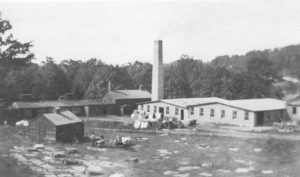
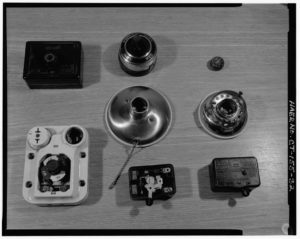
The Rise and Fall of Manufacturing in Bridgeport: The Case of Bryant Electric
For one hundred years Bryant Electric was a staple of Bridgeport industry, adapting to the challenges of the changing industrial landscape in America.
Read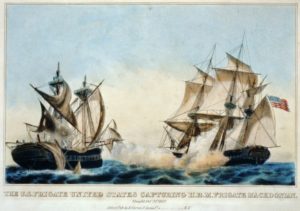
Site Lines: The Mysterious Blue Lights
During the War of 1812, warning signals in the form of two blue lights prevented US ships from slipping past the British blockade of New London’s harbor.
Read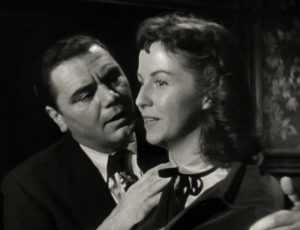
Ernest Borgnine: Breaking the Hollywood Mold
Ernest Borgnine, a native of Hamden who served ten years in navy, became one of the world’s most recognized and revered actors.
Read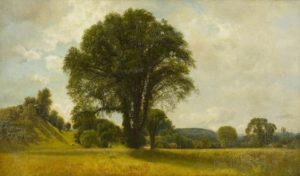
Connecticut Transforms Aaron Draper Shattuck
Drawn to the landscapes of the Farmington River Valley, artist Aaron Draper Shattuck reinvented himself as a gentleman farmer and inventor.
Read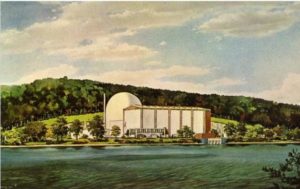
Connecticut Yankee and Millstone: 48 Years of Nuclear Power
In 1968 the prospect of nuclear power energized those hoping to find an alternative to coal, oil, and other fossil fuels.
Read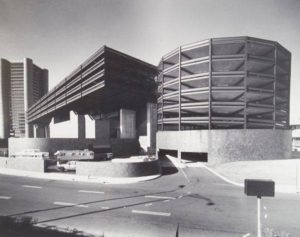
New Haven Coliseum Imploded – Today in History: January 20
On January 20, 2007, the 35-year-old New Haven Veterans Memorial Coliseum met its end as crews imploded the partially dismantled structure.
Read
Anna Louise James Makes History with Medicine
Anna Louise James operated a drugstore in Hartford until 1911, making her the first female African American pharmacist in the state.
Read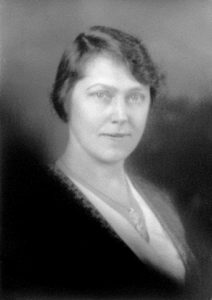
Dr. E. Irene Boardman Never Stopped Serving the Public
Having suffered from polio as a child, Emma Irene Boardman found her calling in relieving the pain of others.
Read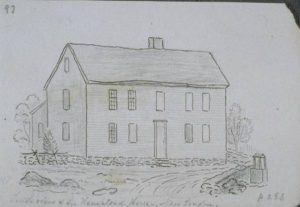
The Joshua Hempsted Diary: A Window into Colonial Connecticut
This accomplished New London resident chronicled his daily life over a 47-year period from 1711 to 1758.
Read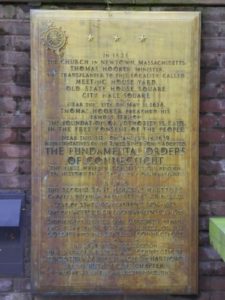
The Fundamental Orders: Connecticut’s Role in Early Constitutional Government
The Fundamental Orders represent what many consider to be the first written constitution in the Western world.
Read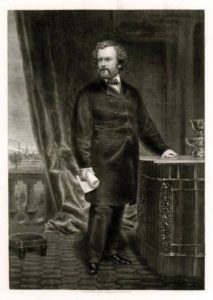
Sam Colt’s Funeral: The Day Hartford Stopped
The funeral of America’s first great munitions maker was spectacular—certainly the most spectacular ever seen in the state’s capital city.
Read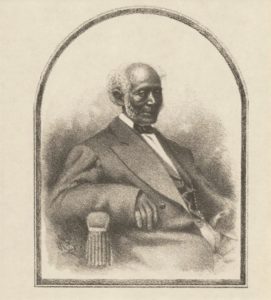
James Williams, More than Trinity College’s Janitor
James Williams was an escaped slave who became a janitor at Trinity College from the institution’s founding in 1823 until his death in 1878.
Read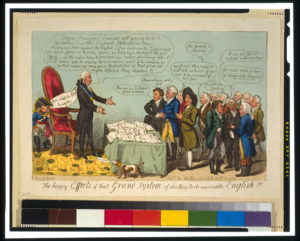
Connecticut and the Embargo Act of 1807
The Embargo Act of 1807 stifled Connecticut trade with Europe, but ultimately boosted local manufacturing.
Read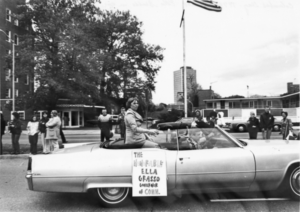
The Education of Ella Grasso
The daughter of Italian immigrants became Connecticut’s first woman governor, Ella Tambussi Grasso.
Read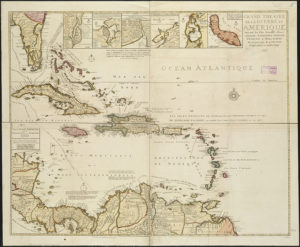
Connecticut and the West Indies: Sugar Spurs Trans-Atlantic Trade
This profitable exchange brought wealth and sought-after goods to the state but came at the price of supporting slavery in the bargain.
Read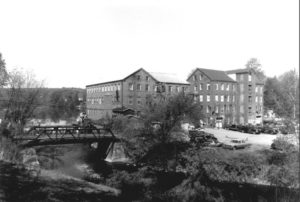
Buckling Up For Auto Safety
Connecticut joined several other states and the District of Columbia mandating seat belt usage for children and adults in automobiles in 1985.
Read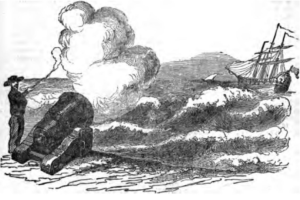
The Ghost Ship of New Haven Sets Sail Shrouded in Mystery
Tales of a spectral ship seen sailing in the skies above New Haven have haunted Connecticut’s imagination since the late 1640s.
Read
Ellis Ruley: Art that Celebrated Life
Ellis Ruley, the son of a slave who escaped to Norwich, rose to prominence as an artist, but prosperity and racial tensions created resentment among members of the local population.
Read
Lounsbury Elected Governor – Today in History: January 4
On January 4th 1899, George Edward Lounsbury was elected the 58th Governor of Connecticut, for which he served roughly three years.
Read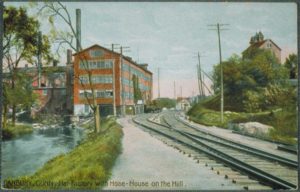
Rivers of Outrage
Pollution of Connecticut’s waters by industrial waste and sewage in the decades after the Civil War was arguably the state’s first modern environmental crisis.
Read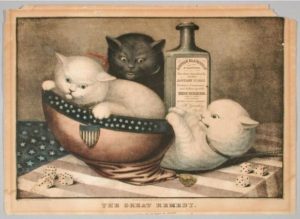
The Great Remedy: Picturing the Emancipation Proclamation
On January 1, 1863, the Emancipation Proclamation went into effect, declaring more than three million African Americans in those states in rebellion against the United States to be forever free.
Read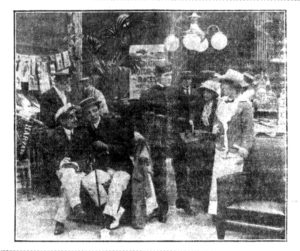
Portland’s Guy Hedlund: Actor and Activist
Guy Hedlund was a Connecticut native made famous through his roles as a theater and motion picture actor.
Read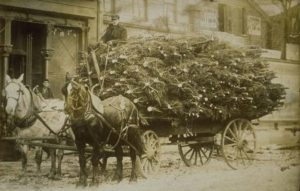
O Christmas Tree!
On December 25, 1890, The Hartford Courant reported that Christmas Eve had seen crowded stores and train delays of up to an hour due to heavy travel.
Read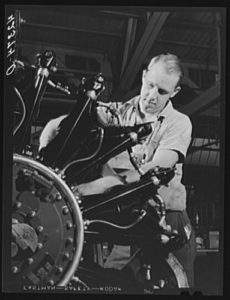
Pratt & Whitney Debuts Wasp Engine – Today in History: December 24
On December 24, 1925, aviation engineer and head of the Pratt & Whitney Aircraft Company Frederick B. Rentschler debuted its first product: the Wasp engine.
Read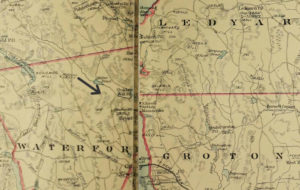
The Rogerenes Leave Their Mark on Connecticut Society
A refusal to compromise became the governing principle of this religious group active in the New London area for some 200 years.
Read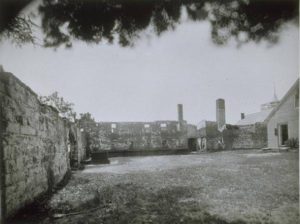
First New-Gate Prisoner – Today in History: December 22
On December 22, 1773, John Hinson the state’s first inmate arrived at New-Gate Prison.
Read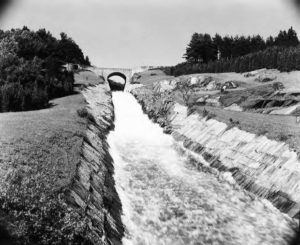
Barkhamsted Reservoir Construction Washes Away a Community
While the Barkhamsted Reservoir project proved successful, it cost 1,000 displaced residents their homes and livelihoods.
Read
The Kewpies Buy A House in Westport
The Kewpies originally appeared as a comic strip in the Christmas issue of the 1909 Ladies Home Journal.
Read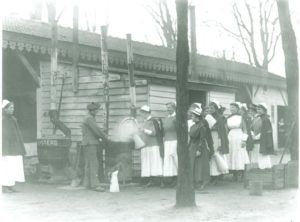
Ruth Hovey: Heroic Battlefield Nurse
A 28-year-old nurse from Hartford, Ruth Hovey served on the battlefields of World War I.
Read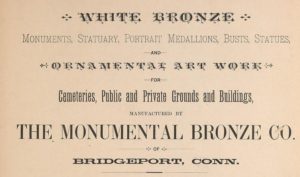
Monumental Bronze Company
The Monumental Bronze Company of Bridgeport was the only producer of a unique type of grave marker in the United States between 1874 and 1914.
Read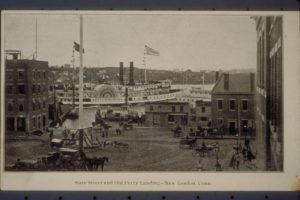
New London’s Ferries: A Transportation Tradition
For more than three centuries, ferry service has provided vital transportation to residents and businesses around New London.
Read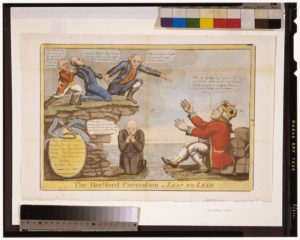
The Hartford Convention or Leap no Leap
A political cartoon lampoons radical members of New England’s Federalist party by poking fun at their motivations for gathering in Hartford to end the War of 1812.
Read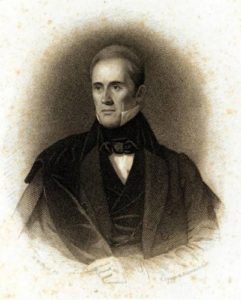
First Recorded Fall of Meteorites in the United States – Today in History: December 14
On December 14, 1807, a meteoroid exploded over Fairfield County and a 30-pound specimen was put on exhibit at a Weston town meeting.
Read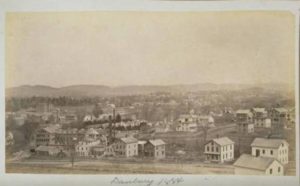
Ending the Danbury Shakes: A Story of Workers’ Rights and Corporate Responsibility
Despite the known dangers of prolonged exposure to mercury, the hat-making industry was slow to safeguard workers against its toxic effects.
Read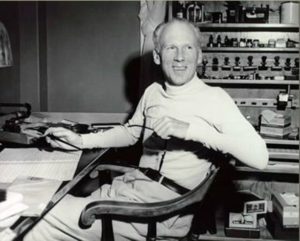
Leroy Anderson Composed Iconic Music in Woodbury
Leroy Anderson, a long-time resident of Woodbury, was one of the most popular composers of light concert music in the 20th century.
Read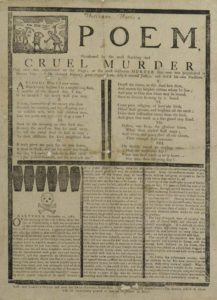
The Beadle Family Murders – Today in History: December 11
Following his drop in status as one of the town’s wealthiest men, William Beadle murdered his entire family.
Read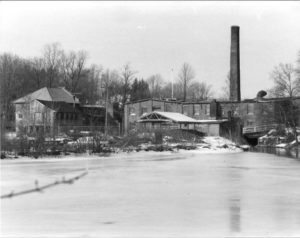
Bevin Brothers Helps Transform East Hampton into Belltown, USA
Home to 30 different bell manufacturers, the town of East Hampton is informally known as “Belltown, USA.”
Read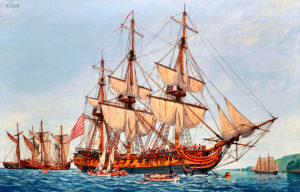
USS Confederacy: The Life and Service of Connecticut’s Continental Frigate
Nearly 20 years before the launching of the USS Constitution, a modest shipyard in Norwich, CT launched the Confederacy.
Read
Jim Morrison Arrested – Today in History: December 9
On December 9, 1967, police arrested Doors’ front man Jim Morrison as he performed onstage at the New Haven Arena.
Read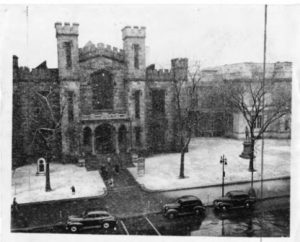
The Atheneum Joins War Effort – Who Knew?
The Wadsworth Atheneum contributed to home front morale and fundraisers during World War II.
ReadMore Articles




